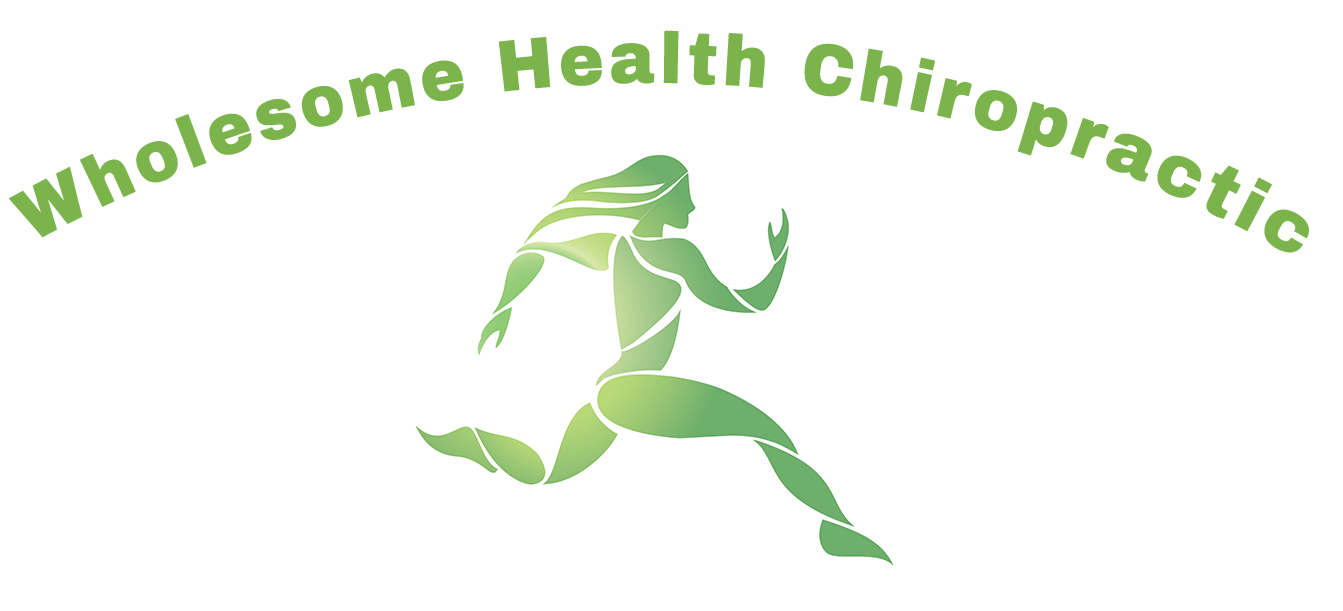We Do
You may be familiar with the terms ICE, RICE, PRICE or POLICE for managing your soft tissue injuries such as a sprained ankle, strained hamstring or jarred finger. For those of you not familiar with PRICE or POLICE the following will fill you in:
Protection
Rest
Ice
Compression
Elevation
Protection
Optimal
Loading
Ice
Compression
Elevation
These methods focus on the immediate management of a soft tissue injury and although widely known the evidence supporting these isn’t too crash hot.
So what should you use instead? PEACE and LOVE.
PEACE and LOVE is the latest acronym proposed by the British Journal of Sports Medicine for the management of soft tissue injuries. PEACE is all about the initial or acute injury management and LOVE helps guide the subsequent management.
Protection
Avoid activities and movements that increase pain during the first few days after injury
Elevation
Elevate hte injured limb higher than the heart as often as possible
Avoid Anti Inflammatories
Avoid taking anti-inflammatory medications as they reduce tissue healing. Avoid icing
Compression
Use elastic bandage or taping to reduce swelling
Education
Your body knows best. Avoid unnecessary passive treatments and medical investigations and let nature play its role
&
Load
Let pain guide your gradual return to normal activities. Your body will tell you to increase your load.
Optimism
Condition your brain for optimal recovery by being confident and positive.
Vascularisation
Choose pain-free cardiovascular activities to increase blood flow to repairing tissues.
Exercise
Restore mobility, strength and proprioception by adopting an active approach to recovery
Immediately after a soft tissue injury, do no harm and let PEACE guide your approach
P for Protect ✌️
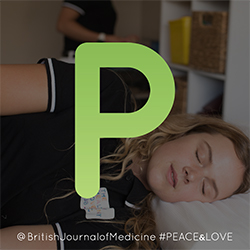
Unload or restrict movement for 1 to 3 days to minimise bleeding, prevent distension of injured fibres and reduce risk of aggravating the injury. Rest should be minimised as prolonged rest 😴 can compromise tissue strength and quality. Rely on pain signals to guide removal of protection and gradual reloading. 😧
E for Elevate
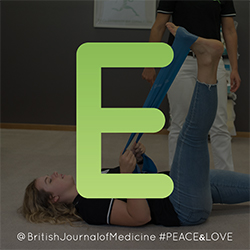
Elevate the limb higher than the heart ♥️ to promote interstitial fluid flow out of tissue. Despite weak evidence supporting its use, elevation is still recommended given its low risk-benefit ratio. 👍
A for Avoid anti-inflammatory modalities
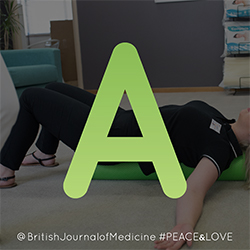
Anti-inflammatory medications 💊 may potentially be detrimental for long-term tissue healing. The various phases of inflammation contribute to optimal soft tissue regeneration. Inhibiting such an important process using medicine is not recommended as it could impair tissue healing, especially when a higher dosage is taken.
There is no high-quality evidence on the efficacy of ice ❄️ for treating soft tissue injuries. Ice could potentially disrupt inflammation as well as increase immature myofibers, which may lead to impaired tissue regeneration and redundant collagen synthesis. 😮
In a nutshell although ice and anti-inflammatories may have an analgesic (numbing effect) it may hinder the tissue healing process in the long term!
C is for Compress. ✌️
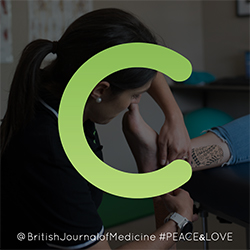
Compression with taping or bandages 🤕 applies external mechanical pressure. Compression assists in limiting intra-articular edema and tissue haemorrhage aka swelling. Compression after an injury seems to reduce swelling and improve quality of life.
At Wholesome Health Chiropractic, Dr Grace and Dr Brady are both experienced to assess your soft tissue injury and apply the appropriate taping, bracing or bandage according to your injury needs. Plus, we can teach you how to appropriately compress your soft tissue injury. Just because we are living the country life 🏘️ doesn’t mean we have to compromise our compression, if we don’t have the correct brace for you, we can simply place a special order.
E is for Educate. ✌️
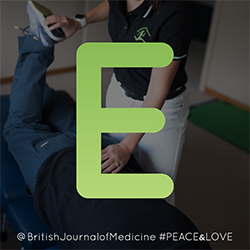
Our chiropractors, Dr Grace and Dr Brady will educate you on the benefits of an active approach to recovery.
After the first days have passed, soft tissues need LOVE! 💕
L for Load. 🏋️
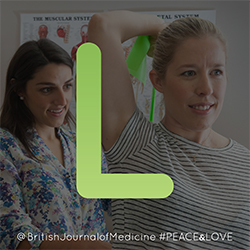
An active approach with movement and exercise benefits most patients with musculoskeletal disorders. Mechanical stress should be added early and normal activities resumed as soon as symptoms allow. Optimal loading without exacerbating pain promotes repair, remodelling and building tissue tolerance and capacity of tendons, muscles and ligaments through mechanotransduction. But how do you know if you are ready for adding load? 🤔 This is where Dr Grace and Dr Brady can help. By performing functional and clearance testing we can see how you are progressing and advise on your return to play! 🙋
O for Optimism! 💕
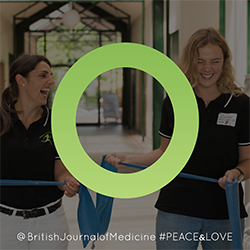
The brain plays a key role in rehabilitation interventions. Psychological factors such as catastrophisation, depression and fear can represent barriers to recovery. 🧠 They are even thought to explain more of the variation in symptoms and limitations following an ankle sprain than the degree of pathophysiology. While staying realistic Dr Grace and Dr Brady will encourage optimism to enhance the likelihood of your optimal recovery.
V for Vascularisation. 💕
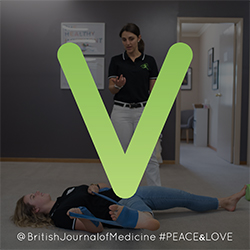
Physical activity that includes cardiovascular components represents a cornerstone in the management of musculoskeletal injuries. Cardio activity should be started a few days after injury to boost motivation and increase blood flow to the injured structures. 💓 Early mobilisation and aerobic exercise improve function, work status and reduce the need for pain medications in individuals with musculoskeletal conditions. Both Dr Grace and Dr Brady are qualified in giving you personalised exercises that can help speed up your recovery! 😊
We have a great application that allows you to download an App on your phone so you can watch in real time someone demonstrating a specific set of exercises customised to you and how many reps you should do! Book in for an appointment and ask our team how exercise can help your injury. 🤗
E for Exercise. 💕
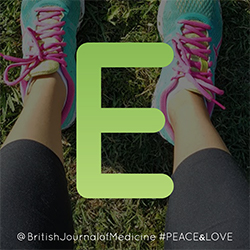
There is a strong level of evidence supporting the use of exercises 😅 for treatment of injuries and for reducing the prevalence of recurring injuries. Exercises will help to restore mobility, strength and proprioception early after injury. Pain should be avoided to ensure optimal repair during the subacute phase of recovery, and should be used as a guide for progressing exercises to greater levels of difficulty. 🧗♀️ 🏇 ⛷️ 🏋️ ⛹️
Managing soft tissue injuries is more than short-term damage control. Similar to other injuries, Dr Grace and Dr Brady will aim for long-term outcomes and treat you with the injury rather than the injury of you. Whether they are dealing with an ankle sprain or a hamstring strain. We hope this information has been helpful and you will give PEACE a chance, because perhaps all soft tissue injuries need is LOVE. ✌️ 💕
What the world needs now and so too do your soft tissue injuries!
